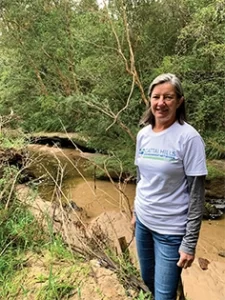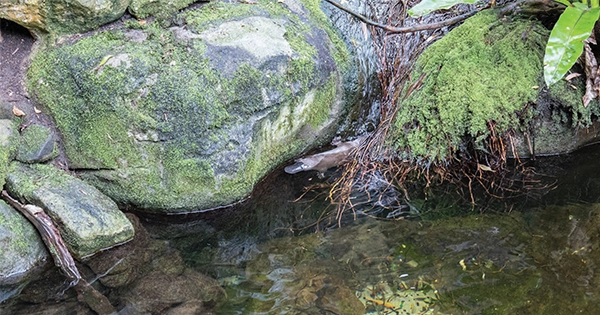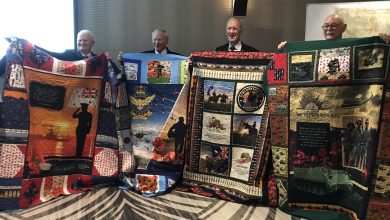Platypus Project
By BEV JORDAN
A project which is looking at environmental DNA to identify the presence of platypus in the Cattai Creek Catchment is not only seen as critical for effective conservation of the species and its habitat but has the capacity to help other native species.
Sydney Water is supporting the project by the Cattai Hills Environment Network (CHEN) and Western Sydney University.
Chair of Cattai Hills Environment Network, Sue Martin (pictured) said they were very grateful for the support of Sydney Water as a partner.
She said when CHEN was founded by local volunteers in 2016 there was no science to back claims by locals and fishermen that platypus were living in the Cattai Creek Catchment area.
Last year CHEN volunteers collected water from 20 sites and platypus e-DNA was confirmed in samples from eight of the sites by Western Sydney University.

Sydney Water’s lab teams have developed a new testing method that identifies the presence or absence of eDNA of platypus in water samples. The method was derived from water samples taken from Taronga Zoo’s platypus enclosure.
Dr Michelle Ryan from Western Sydney University said: “This is a non-invasive way to detect platypus in waterways. It can be used to determine if a platypus is nearby or has recently travelled that waterway without the need to capture or even sight the animal.
“Western Sydney University plans to use this information to gain a better understanding of the distribution and habitat requirements of the Western Sydney Platypus populations. This will provide a real insight into these secretive creatures,” Dr Ryan said.
Two of Sydney Water’s Water Resource Recovery Facilities (Castle Hill Sewage Treatment Plant and Rouse Hill Water Recycling Plant) release treated wastewater into waterways that join into Cattai Creek. It’s believed this treated water has helped the urban platypus population by providing environmental flows during drought periods.

“Based on the results of this study, it is hoped this testing method, developed by our scientists, can be used again to allow researchers to gain a better understanding of the platypus population and the environment in which they are living.
“This study will provide further insight into how the environment surrounding the water treatment plants encourages Platypus health and highlights the contribution of Sydney Water’s treated wastewater has to waterway health and wildlife habitat,” Ms Graham said.
Sue Martin said: “We are looking forward to the results. I see the partnership with Sydney Water growing to enable more e-DNA wildlife monitoring across Western Sydney.”










